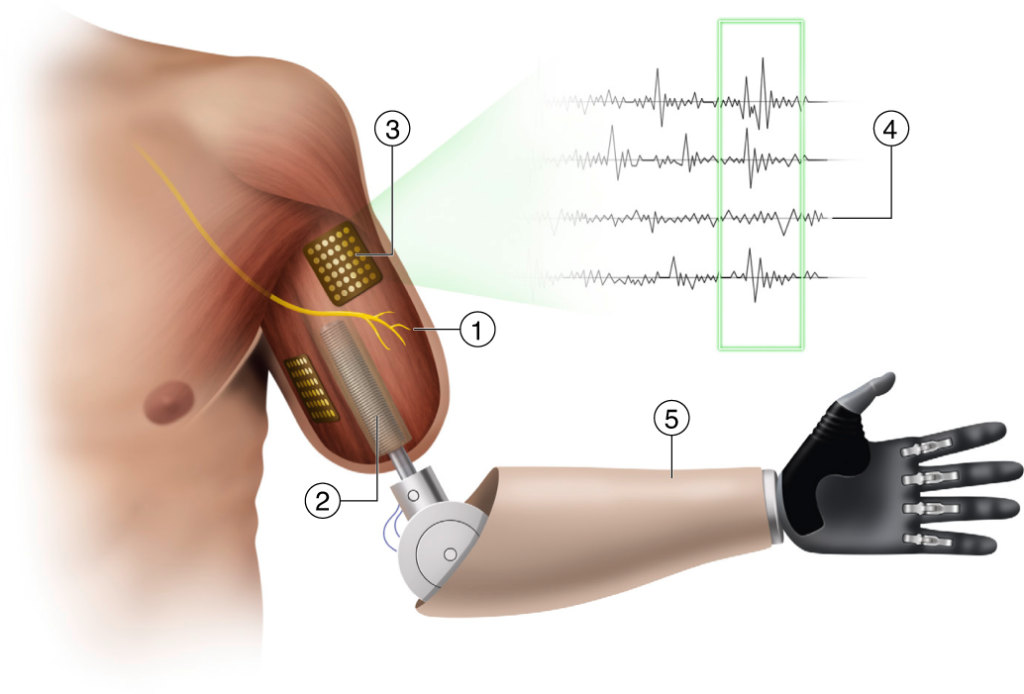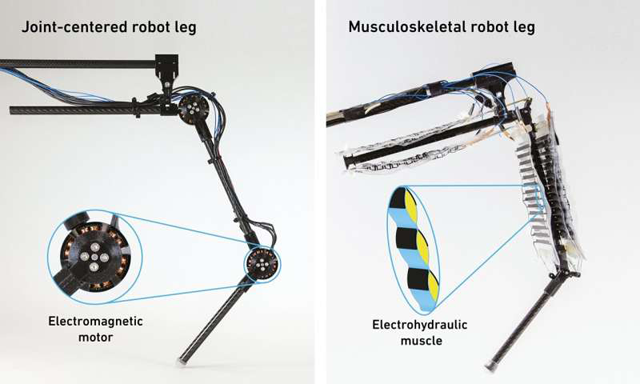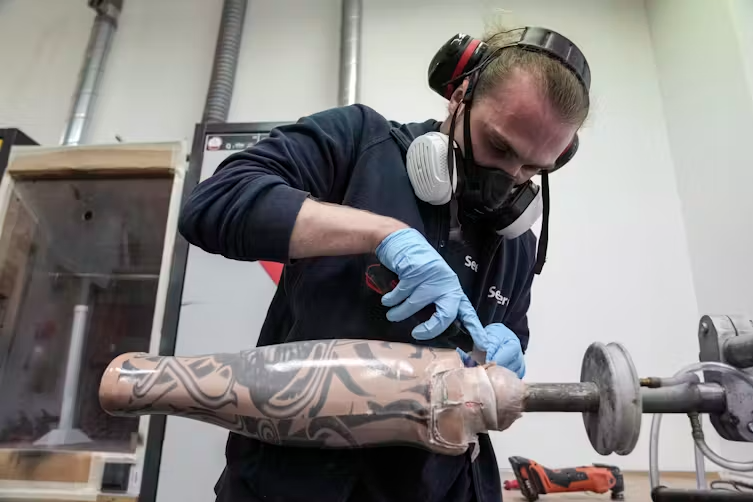For individuals who have lost a limb, adjusting to a new way of life can be extremely challenging. The loss of mobility and function forces amputees to rely on prosthetic limbs, which often lack the natural movement and comfort of their original limbs. While traditional prosthetics restore some degree of function, they frequently result in stiff, unnatural movements, limiting everyday activities. However, a groundbreaking advancement in brain-controlled prosthetics is offering new hope.
Researchers from the Massachusetts Institute of Technology (MIT) have developed innovative brain-linked prosthetics that connect directly to the body’s nervous system, allowing amputees to control their artificial limbs with their thoughts. This revolutionary approach promises to restore dynamic, natural movement and greatly improve the quality of life for amputees. A recent study published in Nature Medicine highlights the success of this technology, showing significant improvements in gait and movement control.
The study’s co-senior author, Dr. Hugh Herr, a double amputee himself, played a pivotal role in the development of this technology. Dr. Herr and his team introduced a cutting-edge procedure known as the agonistic-antagonistic myoneural interface (AMI), which enables nerve endings from healthy muscles to communicate with computer chips in the prosthetic. This allows the brain to send movement signals to the bionic limb, mimicking the function of a natural leg.
The research involved a comparison between two groups: seven individuals who underwent the AMI procedure and seven who had traditional below-the-knee amputations. The results were remarkable. Participants who received the AMI procedure demonstrated significantly better control over their prosthetic limbs, walking more fluidly and navigating obstacles with greater ease. The breakthrough technology not only improved their ability to walk but also enabled them to climb stairs and move with increased agility, something that has long been a challenge for traditional prosthetics.
AMI is a two-step surgical process. The first step involves rerouting nerves from the severed limb to healthy muscles, which are then preserved during the amputation or at a later time. This allows the brain to send signals through the nerves to the bionic limb, just as it would with a natural leg. In the second step, electrodes are attached to the remaining muscles, enabling the prosthetic to decode brain signals and move in response to the user’s intentions. This communication between the brain and the prosthetic limb allows for precise, natural movement.
One of the most significant advantages of brain-controlled prosthetics is their ability to restore proprioception, the body’s sense of position and movement. Traditional prosthetics often lack this crucial feedback, leading to unbalanced movements and discomfort. Brain-linked prosthetics, however, establish a feedback loop that closely mimics the natural connection between the brain and limbs, giving users a more comfortable and controlled experience.
To date, over 60 individuals have successfully undergone the AMI procedure, with many reporting a renewed sense of independence and normalcy. The success of these neural-linked prosthetics in improving lower limb function has opened the door for further research, with plans to expand the technology to prosthetic arms in the near future.
This revolutionary advancement offers amputees a glimpse of a future where artificial limbs can function almost as naturally as their biological counterparts, bringing new levels of mobility, comfort, and hope.
Graphic courtesy of nature.com



